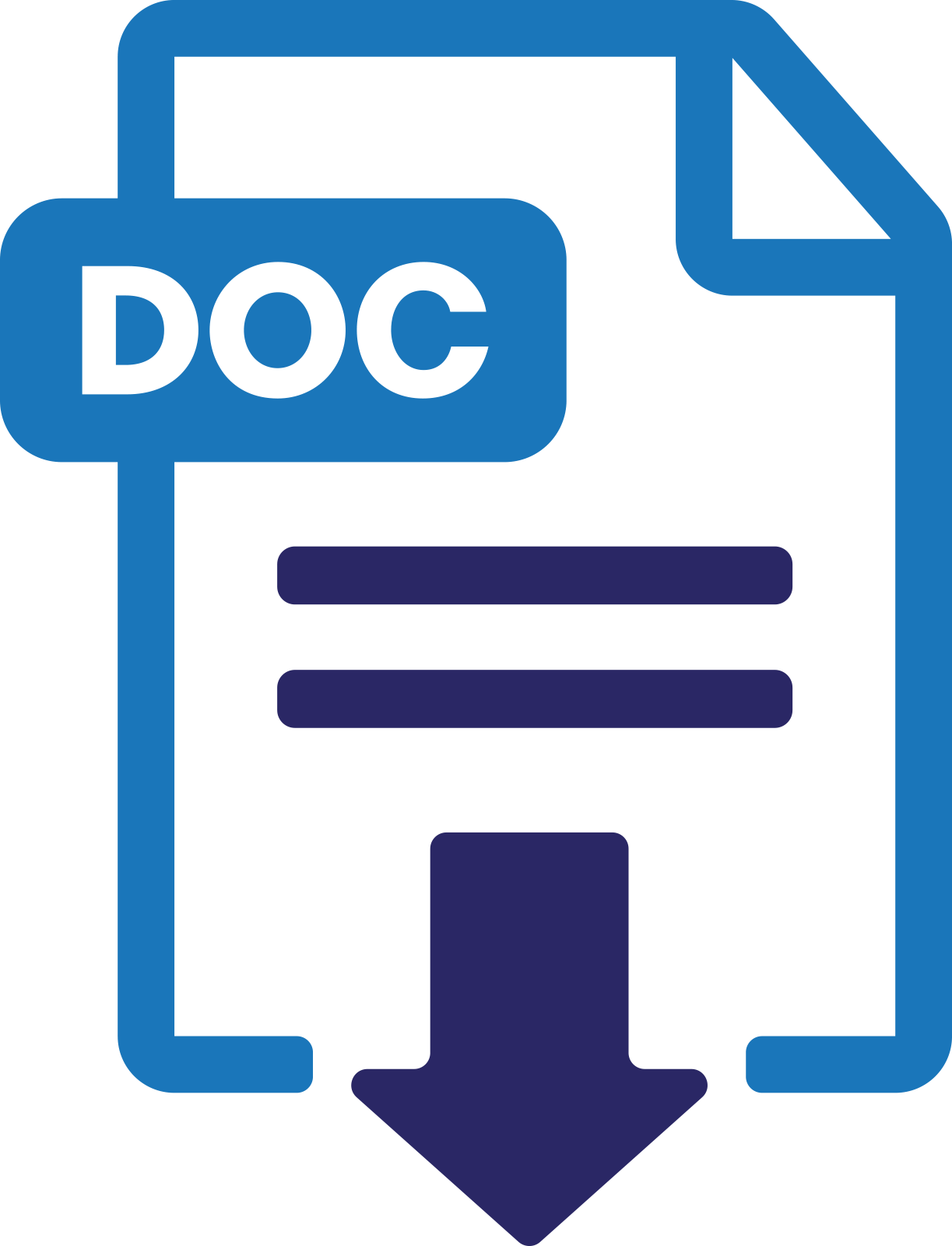Best Formulation of Water-Based Slurry Making for Excellent Lithium Nickel Cobalt Aluminum Oxide (LiNi0.8Co0.15Al0.05O2) Performance
Abstract
LiNi0.8Co0.15Al0.05O2 (NCA) is one of Ni-rich in Li-ion battery cathode family that offers capacity around 200 mAh/gram high energy density, low cost, non-toxicity, and superior thermal stability. To produce some good performance of the batteries, it’s needed the best slurry which is prepared for coating process making in water-based system. Due to remarkably improved the bonding capacity, cycle stability, rate performance of battery cathode. The formula of Lithium Nickel Cobalt Aluminum Oxide (LiNi0.8Co0.15Al0.05O2 or NCA): Acetylene Black (AB): Carboxymethyl Cellulose (CMC): Styrene Butadiene Rubber (SBR) is has many ratios as 80:10:5:5, 80:10:3:7, 90:6:2:2, 90:5:2:3, 85:10:2:3, and 80:15:2:3. All of formula can stick on Al-foil, so the electrode sheet can make by aqueous-based system but should be have appropriately formula and some of slurry not enough to coat on Al-foil because it has less slurry. Summary all of cathode sheet has voltage 3.7 V. The formula has the capacity/gram around 121.1-132.8 mAh/gram and efficiency around 85%-97%, Formula 4 (90:5:2:3) is best formula has high capacity when compare with another formula and after calculate that has capacity/gram 132.8 mAh/gram and high efficiency 95-97%.
Full Text:
PDFReferences
[1] Z. Qiu, Y. Zhang, P. Dong, S. Xia, and Y. Yao, “A Facile Method for Synthesis of LiNi0.8Co0.15Al0.05O2 Cathode Material,” Solid State Ionics, vol. 307, pp. 73–78, 2017, doi: 10.1016/j.ssi.2017.04.011.
[2] P. Singh, V. Dudeja, and A. K. Panwar, “Electrochemical performance of NCA based cathodes for variable thickness of electrode through modelling and simulation,” Materials Today: Proceedings, vol. 62, pp. 3742–3748, 2022, doi: 10.1016/j.matpr.2022.04.446.
[3] S. Hu et al., “An epitaxial coating with preferred orientation stabilizing High-Energy Ni-Rich NCA cathodes,” Applied Surface Science, vol. 579, no. November 2021, p. 152183, 2022, doi: 10.1016/j.apsusc.2021.152183.
[4] C. D. Reynolds, J. Lam, L. Yang, and E. Kendrick, “Extensional rheology of battery electrode slurries with water-based binders,” Materials and Design, vol. 222, p. 111104, 2022, doi: 10.1016/j.matdes.2022.111104.
[5] K. Huber, A. Adam, D. Grießl, and A. Kwade, “Understanding Slurry Mixing Effects on the Fast Charging Capability of Lithium-Ion Battery Cells: Methodology and Case Study,” Journal of Power Sources, vol. 536, no. 231455, pp. 1–13, 2022, doi: 10.1016/j.jpowsour.2022.231455.
[6] Y. Oka, T. Sasaki, H. Matsumoto, and T. Nakamura, “Electrochemical properties of LiNi1/3Co1/3Mn1/3O2 electrodes prepared with water-based slurry dispersed conducting additive by using liquid-phase plasma treatment,” Solid State Ionics, vol. 288, pp. 167–170, 2016, doi: 10.1016/j.ssi.2016.01.004.
[7] K. Y. Cho, Y. Il Kwon, J. R. Youn, and Y. S. Song, “Evaluation of slurry characteristics for rechargeable lithium-ion batteries,” Materials Research Bulletin, vol. 48, no. 8, pp. 2922–2926, 2013, doi: 10.1016/j.materresbull.2013.04.026.
[8] D. Shin, H. Park, and U. Paik, “Cross-Linked Poly(Acrylic Acid)-Carboxymethyl Cellulose and Styrene-Butadiene Rubber as an Efficient Binder system and Its Physicochemical Effects on a High Energy Density Graphite Anode for Li-Ion Batteries,” Electrochemistry Communications, vol. 77, pp. 103–106, 2017, doi: 10.1016/j.elecom.2017.02.018.
[9] W. C. Li, C. H. Lin, C. C. Ho, T. T. Cheng, P. H. Wang, and T. C. Wen, “Superior Performances of Supercapacitors and Lithium-Ion Batteries with Carboxymethyl Cellulose Bearing Zwitterions as Binders,” Journal of the Taiwan Institute of Chemical Engineers, vol. 133, no. 104263, pp. 1–9, 2022, doi: 10.1016/j.jtice.2022.104263.
[10] H. Isozumi et al., “Application of Modified Styrene-Butadiene-Rubber-Based Latex Binder to High-Voltage Operating LiCoO2 Composite Electrodes for Lithium-Ion Batteries,” Journal of Power Sources, vol. 468, no. 228332, pp. 1–10, 2020, doi: 10.1016/j.jpowsour.2020.228332.
[11] R. Wang et al., “Effect of Different Binders on the Electrochemical Performance of Metal Oxide Anode for Lithium-Ion Batteries,” Nanoscale Research Letters, vol. 12, no. 575, pp. 1–11, 2017, doi: 10.1186/s11671-017-2348-6.
[12] C. C. Li and Y. W. Wang, “Importance of binder compositions to the dispersion and electrochemical properties of water-based LiCoO2 cathodes,” Journal of Power Sources, vol. 227, pp. 204–210, 2013, doi: 10.1016/j.jpowsour.2012.11.025.
[13] J. Park, N. Willenbacher, and K. H. Ahn, “How the Interaction between Styrene-Butadiene-Rubber (SBR) Binder and a Secondary Fluid Affects the Rheology, Microstructure and Adhesive Properties of Capillary-Suspension-Type Graphite Slurries Used for Li-Ion Battery Anodes,” Colloids and Surfaces A: Physicochemical and Engineering Aspects, vol. 579, no. 123692, pp. 1–9, 2019, doi: 10.1016/j.colsurfa.2019.123692.
[14] C. C. Li, C. A. Chen, and M. F. Chen, “Gelation mechanism of organic additives with LiFePO4 in the water-based cathode slurries,” Ceramics International, vol. 43, no. May, pp. S765–S770, 2017, doi: 10.1016/j.ceramint.2017.05.315.
[15] J. Y. Eom and L. Cao, “Effect of anode binders on low-temperature performance of automotive lithium-ion batteries,” Journal of Power Sources, vol. 441, no.
May, p. 227178, 2019, doi: 10.1016/j.jpowsour.2019.227178.
[16] S. Hadad et al., “Cellulose-Based Solid and Gel Polymer Electrolytes with Super High Ionic Conductivity and Charge Capacity for High Performance Lithium Ion Batteries,” Sustainable Materials and Technologies, vol. 33, no. e00503, pp. 1–16, 2022, doi: 10.1016/j.susmat.2022.e00503.
[17] M. Ishii and H. Nakamura, “Influence of molecular weight and concentration of carboxymethyl cellulose on rheological properties of concentrated anode slurries for lithium-ion batteries,” JCIS Open, vol. 6, no. December 2021, p. 100048, 2022, doi: 10.1016/j.jciso.2022.100048.
[18] A. Kraytsberg and Y. Ein-Eli, “Conveying Advanced Li-ion Battery Materials into Practice The Impact of Electrode Slurry Preparation Skills,” Advanced Energy Materials, vol. 6, no. 1600655, pp. 1–23, 2016, doi: 10.1002/aenm.201600655.
[19] A. Jrondi, G. Nikiforidis, and M. Anouti, “Anion effect on Li/Na/K hybrid electrolytes for Graphite//NCA (LiNi0.8Co0.15Al0.05O2) Li-ion batteries,” Journal of Energy Chemistry, vol. 64, pp. 451–462, 2021, doi: 10.1016/j.jechem.2021.05.004.
[20] S. Yang, Y. Huang, S. Su, G. Han, and J. Liu, “Hybrid humics/sodium carboxymethyl cellulose water-soluble binder for enhancing the electrochemical performance of a Li-ion battery cathode,” Powder Technology, vol. 351, pp. 203–211, 2019, doi: 10.1016/j.powtec.2019.04.027.
[21] D. Mohanty, E. Hockaday, J. Li, D. K. Hensley, C. Daniel, and D. L. Wood, “Effect of Electrode Manufacturing Defects on Electrochemical Performance of Lithium-Ion Batteries: Cognizance of The Battery Failure Sources,” Journal of Power Sources, vol. 312, pp. 70–79, 2016, doi: 10.1016/j.jpowsour.2016.02.007.
DOI: https://doi.org/10.20961/esta.v2i2.68797
Refbacks
- There are currently no refbacks.



